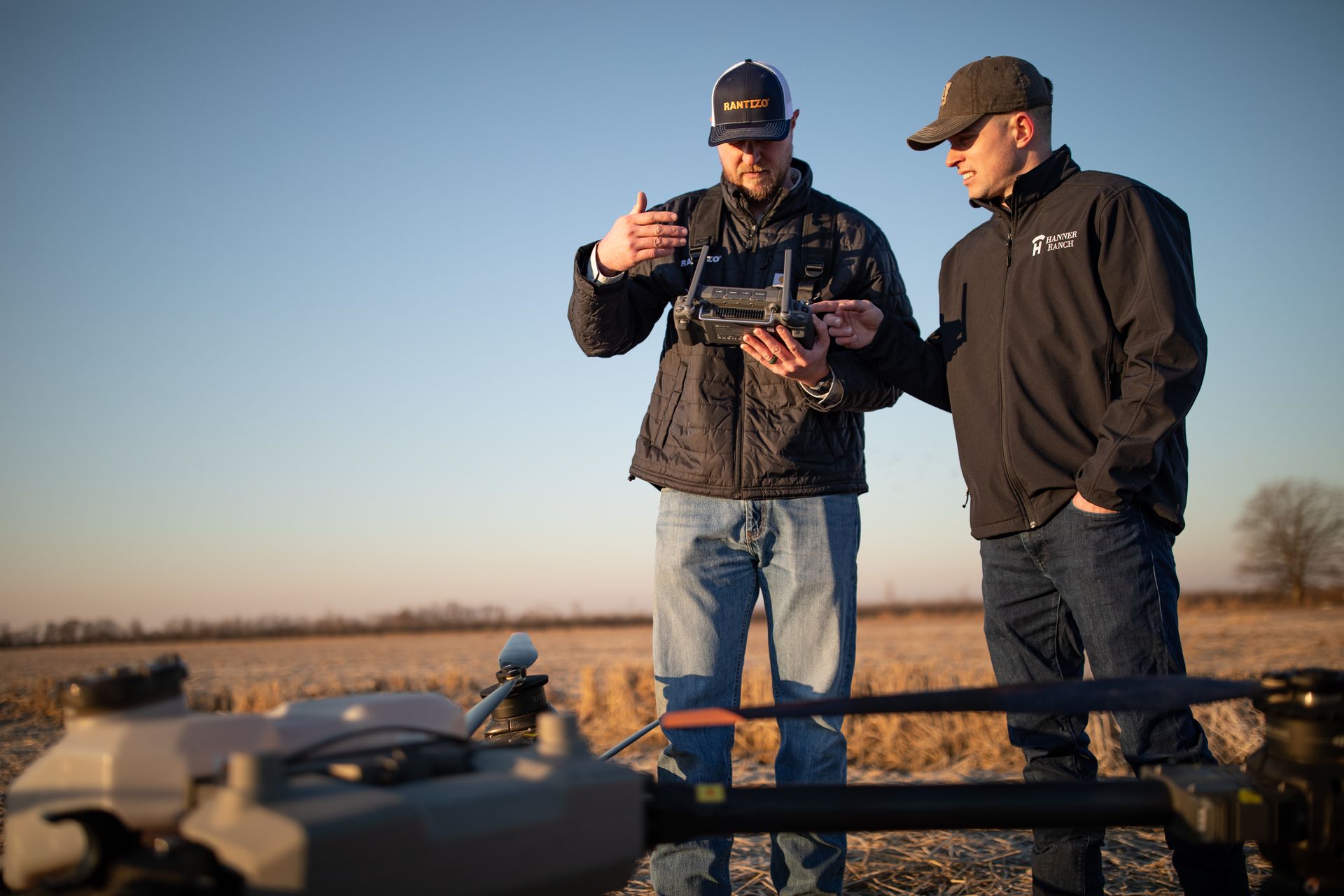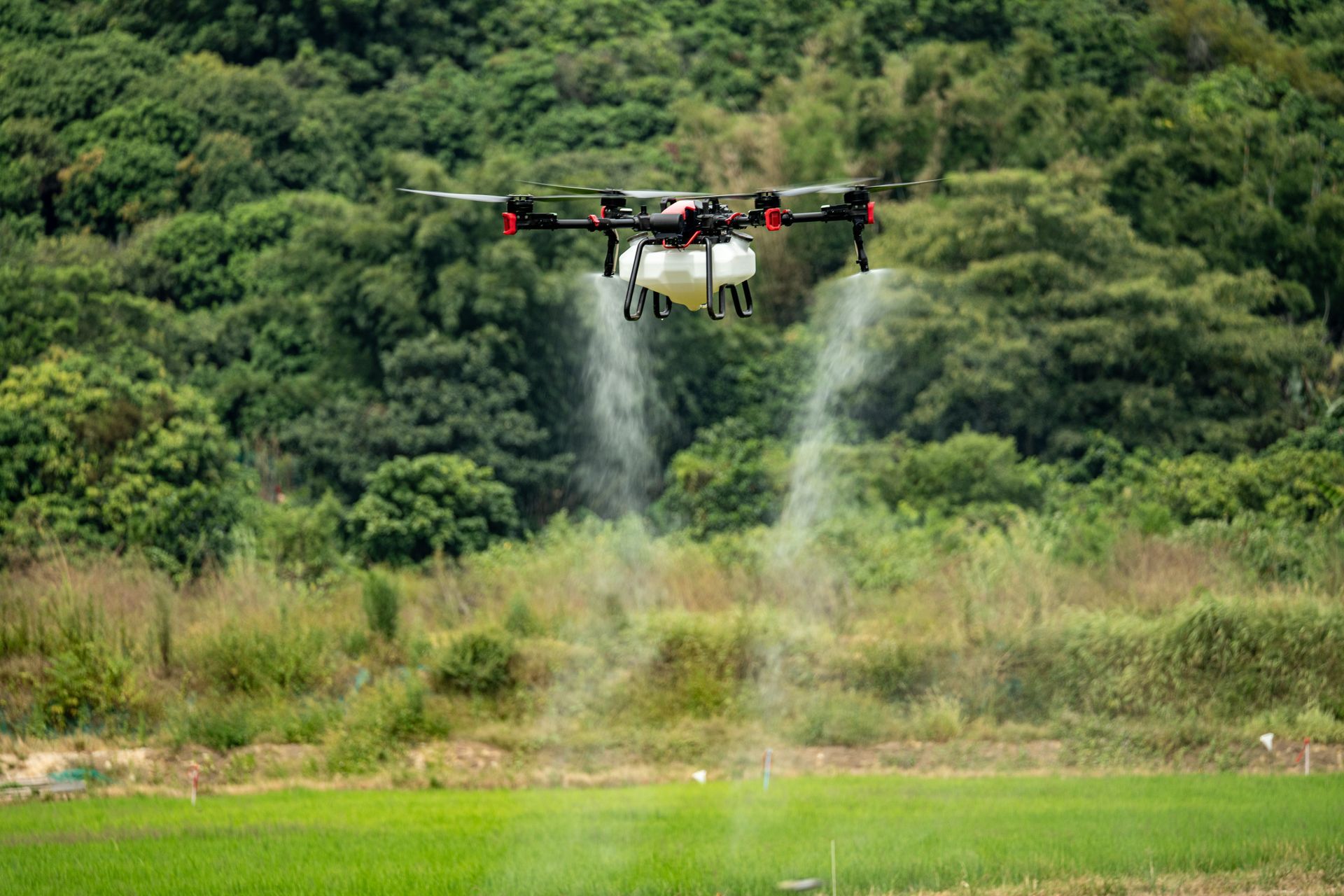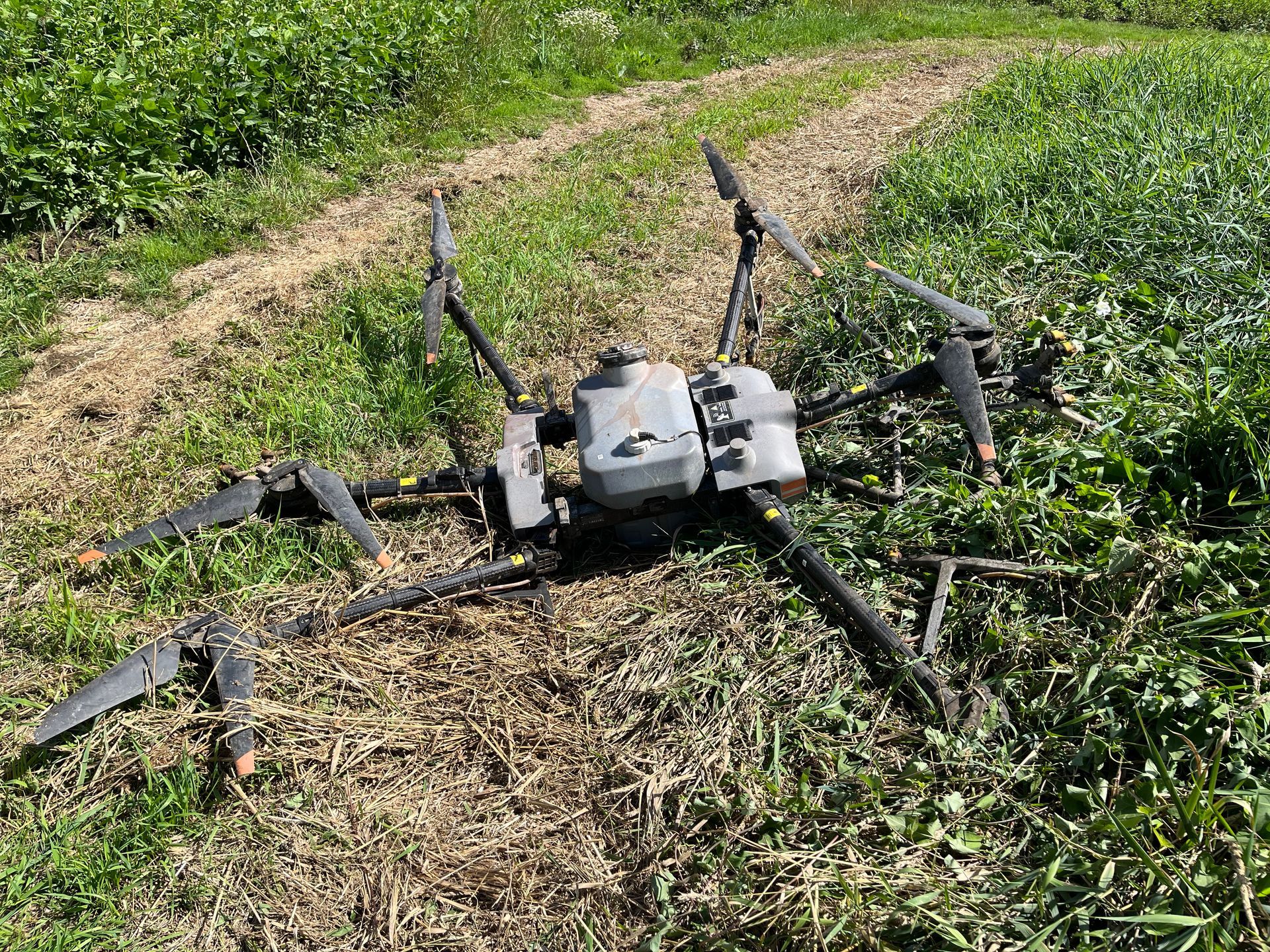RESOURCES
How to Add Additional Revenue this Fall with Your Spray Drone
It’s no secret that innovation is the key to success when it comes to the world of agriculture. Farmers and contractors are constantly seeking new ways to maximize their yields and revenue while minimizing their impact on the environment. One such innovation that is taking the agricultural world by storm is the combination of cover crops and drones. We sat down with Zach Hanner, our Trials Manager at Rantizo, to explore the incredible benefits of this dynamic duo.
The Benefits of Cover Crops
Cover crops have become a vital component of crop management for several reasons:
- Weed Suppression : Cover crops act as a natural weed suppressor, reducing the need for herbicides.
- Soil Health : They break up soil compaction, increasing water infiltration and root penetration.
- Biodiversity : Adding biodiversity to the soil improves its overall health and resilience.
- Organic Matter : Cover crops increase organic matter levels, enhancing soil fertility.
- Erosion Control : They prevent soil erosion, preserving valuable topsoil.
- Nutrient Enhancement : Cover crops add nutrients to the soil, reducing the need for synthetic fertilizers.
- Environmental Benefits : They prevent fertilizer and pesticide runoff and leaching, benefiting water quality.
- Livestock Grazing : Cover crops can provide extended grazing capabilities for livestock.
- Carbon Sequestration
: They contribute to carbon sequestration, mitigating climate change.
Revolutionizing Cover Crop Management with Drones
Traditionally, cover crop seeds can be either planted/drilled or broadcast applied to a field. While the former offers high efficiency and germination rates, it’s constrained by the timing of the previous crop’s harvest. This is where drones come into play. Drones have revolutionized cover crop management in the following ways:
- Flexible Timing : Drones allow producers to pick the optimal time for cover crop application, aligning it with favorable weather conditions for successful germination.
- Seed-to-Soil Contact : Drones ensure good seed-to-soil contact, crucial for germination.
- Low Altitude Operation : Drones operate at lower altitudes compared to airplanes and helicopters, resulting in more consistent and even seed distribution.
- Access to Challenging Fields : Drones can reach fields that are otherwise difficult to access with traditional equipment providing more options for cover crop acres.
Seeding Cover Crops with Drones – A Seamless Process
Drones follow automated flight routes, covering every acre of the field, ensuring 100% coverage. The process of seeding cover crops with drones is remarkably straightforward. “Because the process closely mirrors our spraying operations, Rantizo farmers and pilots can easily add and cross off seeding from the to-do list with minimal input,” says Hanner.
Positive Feedback from the Field
“Farmers and contractors who have embraced cover crop seeding with drones have reported healthier soil and heavier pockets.” Cover crops are gaining traction across the United States due to their inherent benefits, and with the precision and efficiency of Rantizo’s drone technology, those benefits and extra profits are within reach.
Have questions? Need acres planted? Contact Rantizo at sales@rantizo.com to get connected!
The post How to Add Additional Revenue this Fall with Your Spray Drone appeared first on Rantizo.
share this
past blog posts
Related blogs

Contact US
How can we reach you?
Keep up with all the latest Rantizo news including: product releases, upcoming events, drone spraying industry tips, and more!



